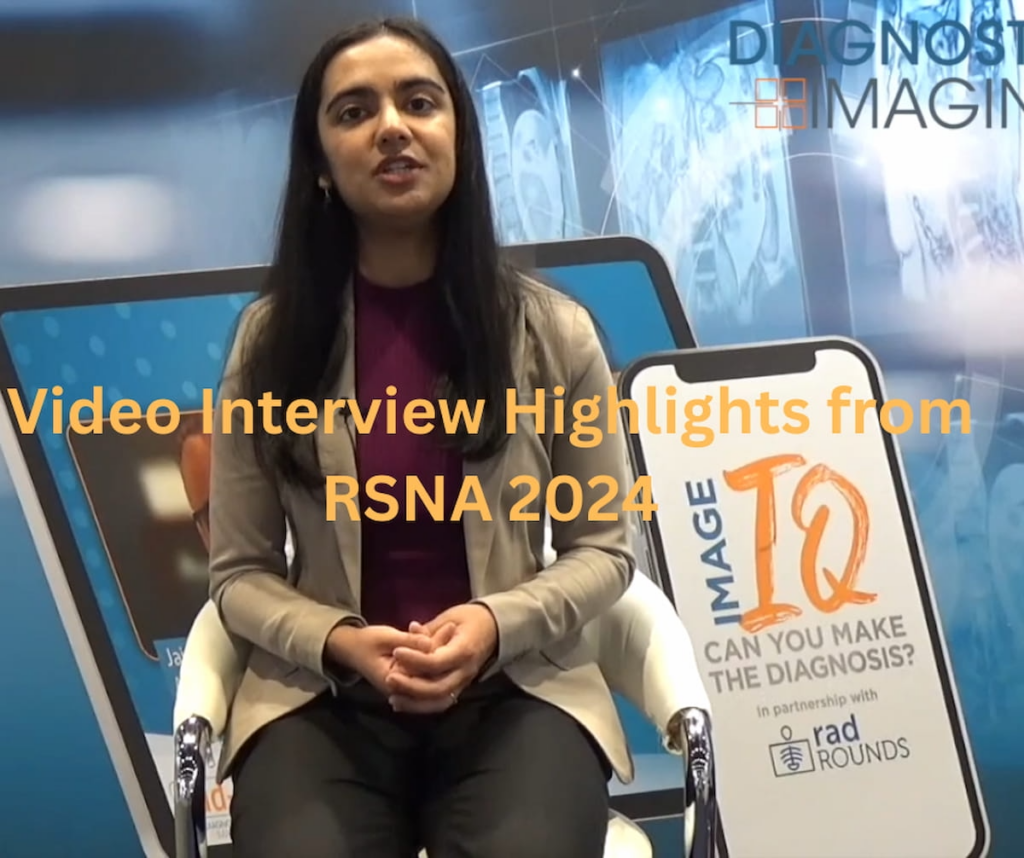
As we wrap up 2024, it’s time to look back on some of the biggest developments and discoveries in the world of radiology. The Radiological Society of North America (RSNA) conference is always a hub for innovation and exploration, and this year’s event was no exception. From artificial intelligence in breast imaging to cybersecurity concerns, and from pioneering MRI research to a fascinating link between skeletal bone loss and dementia, there were plenty of topics to explore.
One of the most exciting areas of research showcased at the RSNA conference was the use of artificial intelligence (AI) in breast imaging. Healthcare professionals and scientists are increasingly turning to AI to enhance medical imaging, and breast imaging is no exception. With AI-powered algorithms, radiologists can quickly and accurately identify signs of cancer, even in its earliest stages. This can lead to earlier interventions, better patient outcomes, and a reduced need for invasive procedures.
But AI isn’t just about improving diagnosis – it’s also about improving patient care. At the RSNA conference, we spoke with experts who are working on projects that use machine learning to personalize patient treatment plans. By analyzing data from medical imaging and other sources, AI can help identify the best course of action for each individual patient. This is particularly promising for patients with complex or rare conditions, where one-size-fits-all approaches just aren’t effective.
Cybersecurity is another pressing concern in the medical field. With more and more medical data being stored digitally, there’s a growing risk of hacking and data breaches. But doctors, researchers, and IT specialists are working together to develop more robust security measures and protocols to protect sensitive information.
Meanwhile, a team of researchers made headlines at the RSNA conference with a groundbreaking study linking skeletal bone loss to dementia. This might seem like a surprising connection, but the researchers argue that the two conditions share a common underlying factor – inflammation. By monitoring bone density and tracking cognitive decline in patients, scientists may be able to develop new early warning signs for dementia.
MRI technology is also undergoing significant research and development. From improvements in data quality to new scanning techniques and contrast agents, the field is rapidly advancing. For example, scientists at the conference showcased a new MRI method that allows for more detailed imaging of the brain’s smallest vessels. This could revolutionize our understanding of cerebrovascular diseases, such as stroke and brain hemorrhage, and help clinicians develop more effective treatments.
Review the slideshow below to view highlighted video interviews from the RSNA conference and learn from the experts behind these cutting-edge discoveries.


